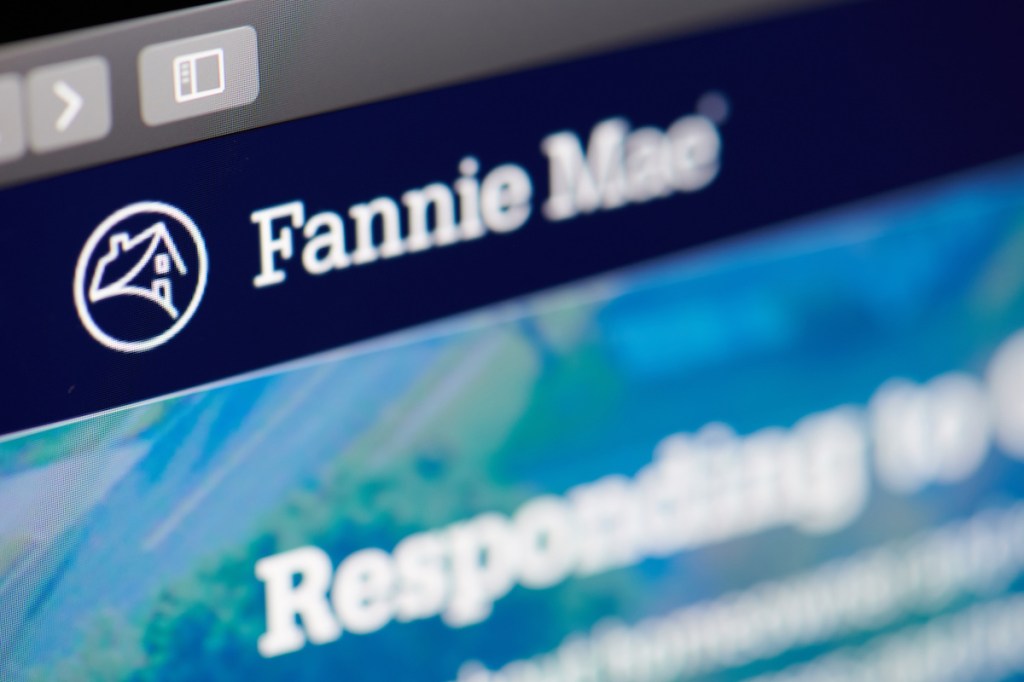Doug Duncan doesn’t claim to be an oracle, but the Fannie Mae Senior Vice President and Chief Economist on Thursday offered a housing market forecast for 2021, even amid a pandemic that has thrown markets into disarray.
The country is mired in a recession, and while the CARES Act provided a short-term jolt to the economy, much remains uncertain about COVID-19 and its ultimate impact on the U.S. economy and the housing market in 2021, he said.
“At the end of 2019, we were at 3.5% unemployment,” Duncan told attendees at HousingWire Annual on Thursday. “We think at the end of 2021, it will be roughly double that, around 6%.”
There are promising signs of a partial recovery, according to Duncan. During the second quarter of 2020, approximately $1.7 trillion in national income was lost. By the time the full data is made available for the third quarter, Duncan estimates that about $1.2 trillion will have been recaptured.
“Over the course of the rest of the year, the quarterly numbers by which the economy grows, will slow,” Duncan told attendees. “And by the end of 2021, we would expect to be back, just about where we were at the beginning of 2020.
What subservicing looks like during a pandemic
As the world continues to navigate the impacts of COVID-19, HousingWire sat down with TMS to learn more about their customer service philosophy and why proactively educating borrowers on forbearance is essential.
Presented by: TMS
Duncan touched on migration patterns during his panel. A large segment of the population is working from home, transforming spare bedrooms into offices. Increasingly, young adults are moving back with their parents, and many urbanites have fled big cities such as New York and San Francisco to more spacious areas.
This shift is being driven by the fear of disease and density, the economist said. Home builders are moving to capitalize on the opportunity. Duncan said that single-family starts are climbing to pre-pandemic levels, suggesting further gains in construction.
Duncan said he expects existing home sales to ultimately “be up a percent or more in 2021,” Duncan said. “The new home sales numbers had a big jump in 2020, and [there will be] more growth in 2021, but they’re going to have to rebuild that inventory, because anything that the builders are building today gets sold. So they’re working hard to try to build inventory.”
Although he believes home prices will continue to rise due to limited inventory, well-qualified buyers will be able to take advantage of low interest rates, Duncan said.
If the Fed keeps the short term rate where it is, Duncan said that those rates will stay low for a significant time period as well, meaning that the mortgage rates are “going to be very good” for households.
“Current homeowners are more pessimistic than potential new buyers – they’re pessimistic because they’re afraid of somebody coming to their house and walking through with the virus or the fact that other people won’t go out and shop because of fear of the virus, so they might take a discount on their house price,” Duncan said. “They’re simply not offering houses for sale, and you did see a big drop in listings at that time.”
If there is a resurgence of COVID-19 without an effective vaccine broadly distributed, Duncan said that the ‘W-shaped’ environment could become a reality.
“In that environment, I would not expect a normal housing cycle because what would happen is, then those businesses which have been able to keep going and keep their salary workers, who tend to be more in management in place, would start laying those people off and that’s when the risks rise on the housing side,” Duncan said. “But if we get a relatively broadly distributed vaccine that is demonstrated to be effective, then I think we do return to a to a normal housing cycle, especially, unless the Fed changes its posture, if rates stay low, it will be viewed as a great opportunity for people to get in.”







